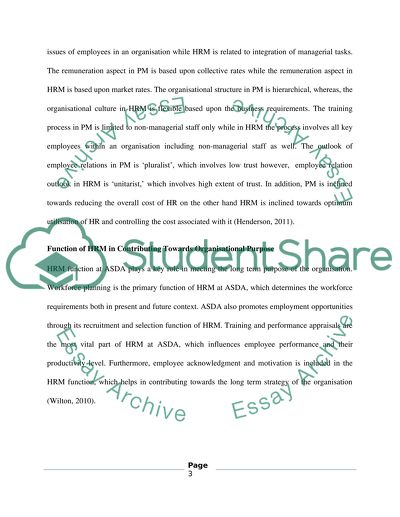Cite this document
(The Key Issues of Human Resource Management Coursework - 3, n.d.)
The Key Issues of Human Resource Management Coursework - 3. Retrieved from https://studentshare.org/human-resources/1653888-human-resources-management
The Key Issues of Human Resource Management Coursework - 3. Retrieved from https://studentshare.org/human-resources/1653888-human-resources-management
(The Key Issues of Human Resource Management Coursework - 3)
The Key Issues of Human Resource Management Coursework - 3. https://studentshare.org/human-resources/1653888-human-resources-management.
The Key Issues of Human Resource Management Coursework - 3. https://studentshare.org/human-resources/1653888-human-resources-management.
“The Key Issues of Human Resource Management Coursework - 3”, n.d. https://studentshare.org/human-resources/1653888-human-resources-management.


